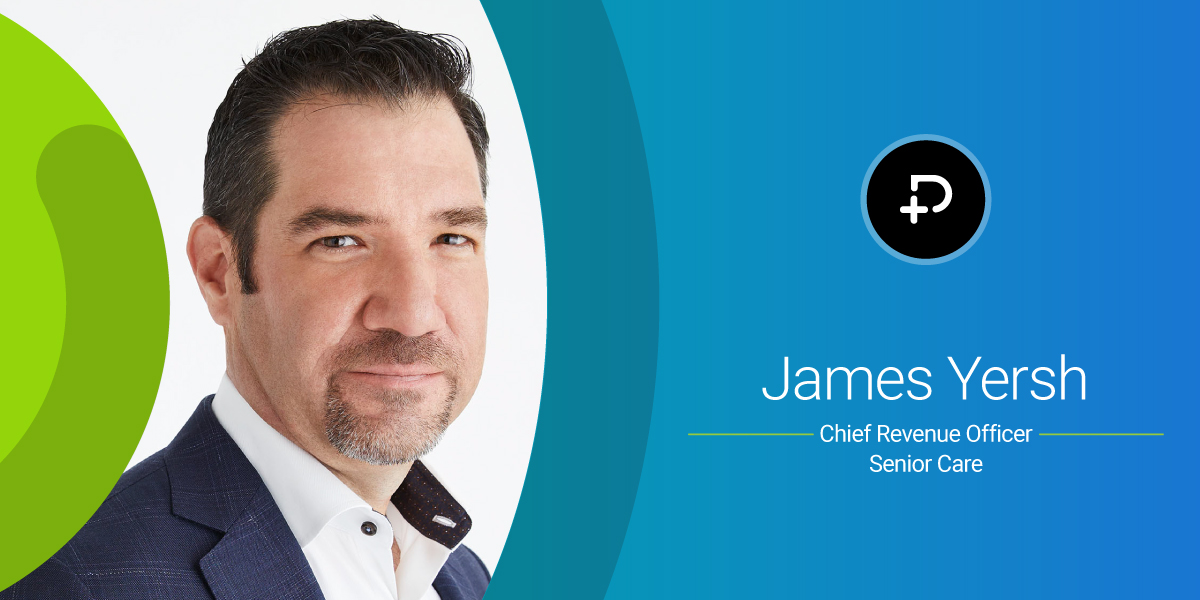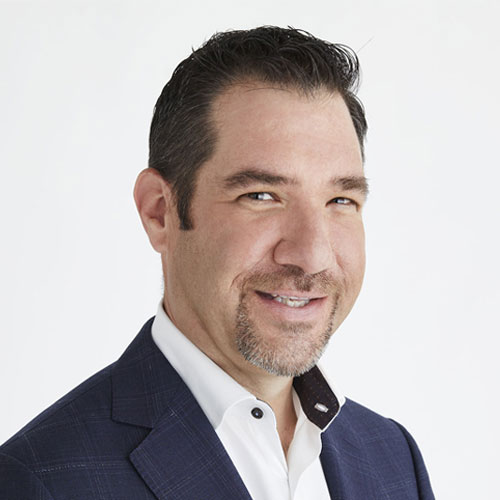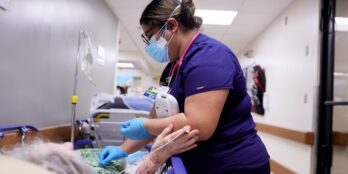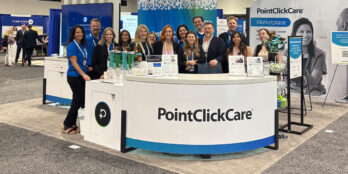
Achieving Operational Excellence Through Innovation
 4 min
4 min
In Part One of this series, my colleague Travis Palmquist considered the significant impact that technology can have on enhancing efficiency, quality, and connectivity within senior care facilities. Today, I’ll explore how these elements are not just tools for improving care, but also invaluable assets for sustaining the financial health of senior care facilities.
In the face of numerous challenges — from inflation to navigating a tripledemic — it’s crucial to consider the business side of operational excellence and how it can help keep your doors open through any downturn.
The Financial State of Play
As the healthcare industry grapples with market downturns and revenue declines, senior care providers are particularly concerned about their financial stability. A growing number of financial analysts have already sounded the alarm, suggesting that 2022 may have been one of the worst years for hospital finances in decades.
Within this financially turbulent landscape, addressing the staffing crisis has become even more urgent. Continued staff turnover and the need to rely on staffing agencies to fill gaps can substantially inflate operational costs.
Reduced turnover rates, on the other hand, mean lower recruitment and training costs, which can quickly add up to substantial savings. Moreover, minimizing reliance on costly staffing agencies not only trims expenses but also enhances the stability and consistency of care delivery.
Efficiency and Quality for Operational Excellence
In senior care, clinical workflows encompass a myriad of tasks, from patient assessments and medication management to care planning and coordination. These workflows are the backbone of delivering quality care to residents. When streamlined and optimized, they reduce redundancy, minimize errors, and ensure care is delivered in a consistent and efficient manner. By automating manual processes like record-keeping and scheduling, care providers can significantly reduce administrative burden that leads to burnout among staff members.
Efficiency, however, is only one side of the coin. The other side is improving care quality, which means enhancing the effectiveness and safety of medical interventions, mitigating the risk of errors, and personalizing care plans to meet the unique needs of each resident. It means that residents receive the right care at the right time, which leads to better health outcomes and overall satisfaction.
To put it simply, when clinical workflows are optimized for efficiency and quality, senior care providers can do more with fewer resources. This means that even in situations where staffing might be limited or financial constraints pressed, providers can continue to deliver top-notch care to their patients.
Connectivity for Network Enhancement
Enhanced connectivity among stakeholders can reduce care costs while simultaneously boosting referrals within a specific network. The shift toward value-based care (VBC) is a prominent example of the changing reimbursement landscape. And while VBC presents a great opportunity to take on risk, it also requires operational excellence.
There are several paths that providers can take to make VBC work, including provider-run Institutional Special Needs Plans (iSNPs), Clinically Integrated Networks, Accountable Care Organizations (ACOs), and more. The world is becoming increasingly connected, and this connectivity is vital for tapping into previously inaccessible revenue streams. Providers must focus on improving outcomes, reducing hospitalizations, and ensuring staff delivers these objectives.
We’ve observed that our best customers have embraced these new paths to revenue, and the dividends have been substantial. One example is Patient Pattern, a component of the PointClickCare platform. Patient Pattern seamlessly integrates with skilled facility EMR systems to provide timely updates on transfers of care, medication changes, and more. This not only enhances patient care but also reduces unnecessary hospitalizations and the costs associated with them.
Are You Preparing for the Future of Healthcare?
Even in challenging times, the right investments can make the journey smoother, offering both quantitative and qualitative returns on investment. As we navigate an ever-evolving healthcare landscape, it’s clear that those who innovate and leverage technology will lead the way in achieving operational excellence, financial stability, and most importantly, delivering top-quality care to our senior population.
Healthcare leaders, are you taking advantage of the innovation we’re seeing today?
This is the first of a two-part series with my colleague Travis Palmquist that will dissect how the right applications of technology can drive greater efficiency, financial stability, and quality of care across the healthcare spectrum. If you haven’t read Part 1, Three Stages for Using Tech to Solve the Staffing Crisis in Healthcare, you can find it here.
January 23, 2024






